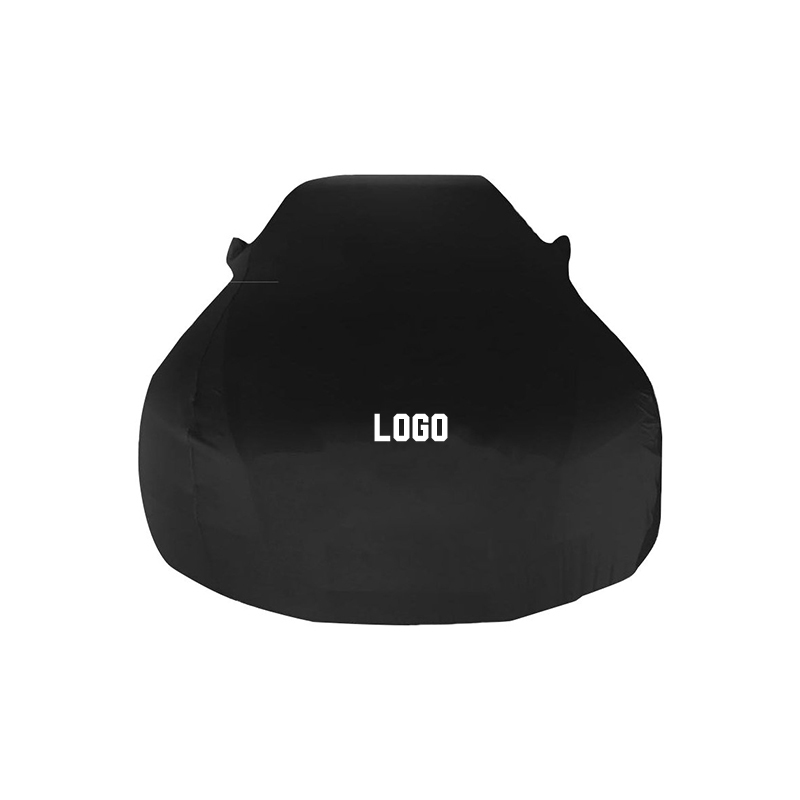1. Why Hail Damage Is a Concern for Your Car
Hailstorms can cause significant damage to your car, resulting in costly repairs and a decrease in your vehicle's value. The size and speed of hailstones can dent the bodywork, crack windows, and even damage the paint. The severity of hail damage depends on factors such as the size of the hail, the duration of the storm, and your car's exposure to the elements. Understanding these risks is the first step in protecting your vehicle from hail damage.
2. Methods to Protect Your Car from Hail Damage
2.1. Using a Car Cover
One of the most effective and affordable ways to protect your car from hail damage is by using a high-quality, hail-resistant car cover. These covers are specifically designed to absorb the impact of hailstones and prevent them from damaging the car's surface. Look for covers made of durable materials such as polyester, which can withstand heavy impacts and provide protection during a storm.
2.2. Sheltering Your Car in a Garage or Carport
If possible, the best way to protect your car from hail is to shelter it inside a garage or carport. This offers complete protection against the storm. If you don't have a garage, consider installing a portable carport, which is an affordable and quick solution to give your vehicle a temporary shelter.
2.3. Using Hail Blankets or Hail Protection Pads
Another option is to use a hail protection blanket or pad. These are large, cushioned covers that you can place over your car to shield it from the hail. Hail blankets are typically made of foam or thick fabric and are designed to absorb the impact of hailstones, minimizing the risk of dents or cracks.
3. When You Can't Avoid the Storm: Emergency Measures
3.1. Finding Immediate Shelter
If you're caught outside during a hailstorm and can't access a garage or carport, seek immediate shelter. If there's no nearby building, try to park under trees, bridges, or any structure that can provide temporary coverage. While this won’t guarantee total protection, it can reduce the damage to your vehicle compared to being fully exposed.
3.2. Using Floor Mats and Other Items as Protection
If you can't find shelter in time, consider using items from inside your car to protect it. Lay floor mats, jackets, or other soft materials on the roof, hood, and windshield. While these items won’t provide full protection, they may help reduce the severity of dents and scratches.
4. What to Do After a Hailstorm: Assessing the Damage
After the storm, it’s important to assess the damage and determine the necessary repairs. Check for dents, broken windows, and cracks in the paint. If your car has extensive damage, consider taking it to a professional for a more thorough inspection. In some cases, insurance may cover the cost of repairs, so be sure to document the damage and contact your provider.
4.1. Documenting Hail Damage
If you plan to file an insurance claim, document the hail damage immediately after the storm. Take clear photos of the dents, cracked windows, and any other visible damage. This will help provide evidence for your claim and ensure a smooth process with your insurer.
4.2. Getting Professional Repair Estimates
For extensive damage, it’s advisable to get professional repair estimates. Hail damage repair can range from minor paint touch-ups to full panel replacements. Getting multiple estimates can help you choose the best repair option within your budget.
5. Preventative Measures: Minimizing the Risk of Hail Damage
While you can't always predict when a hailstorm will hit, taking preventative measures can help minimize the risk of damage. Regularly monitoring weather conditions, installing protective structures like carports, and investing in quality car covers are proactive steps that can save you time and money in the long run.
5.1. Weather Apps and Alerts
Consider using weather apps and hailstorm alerts to keep you informed about the forecast in your area. These apps can notify you of severe weather events, giving you enough time to take protective action, such as moving your car to shelter or covering it with a hail-resistant cover.
5.2. Investing in a Permanent Shelter
If you live in an area prone to hailstorms, investing in a permanent shelter such as a garage or carport may be worthwhile. While it requires an upfront investment, it can provide ongoing protection for your car and prevent the hassle of dealing with hail damage in the future.

 English
English Español
Español عربى
عربى русский
русский +86-13071889821/13757104168
+86-13071889821/13757104168












